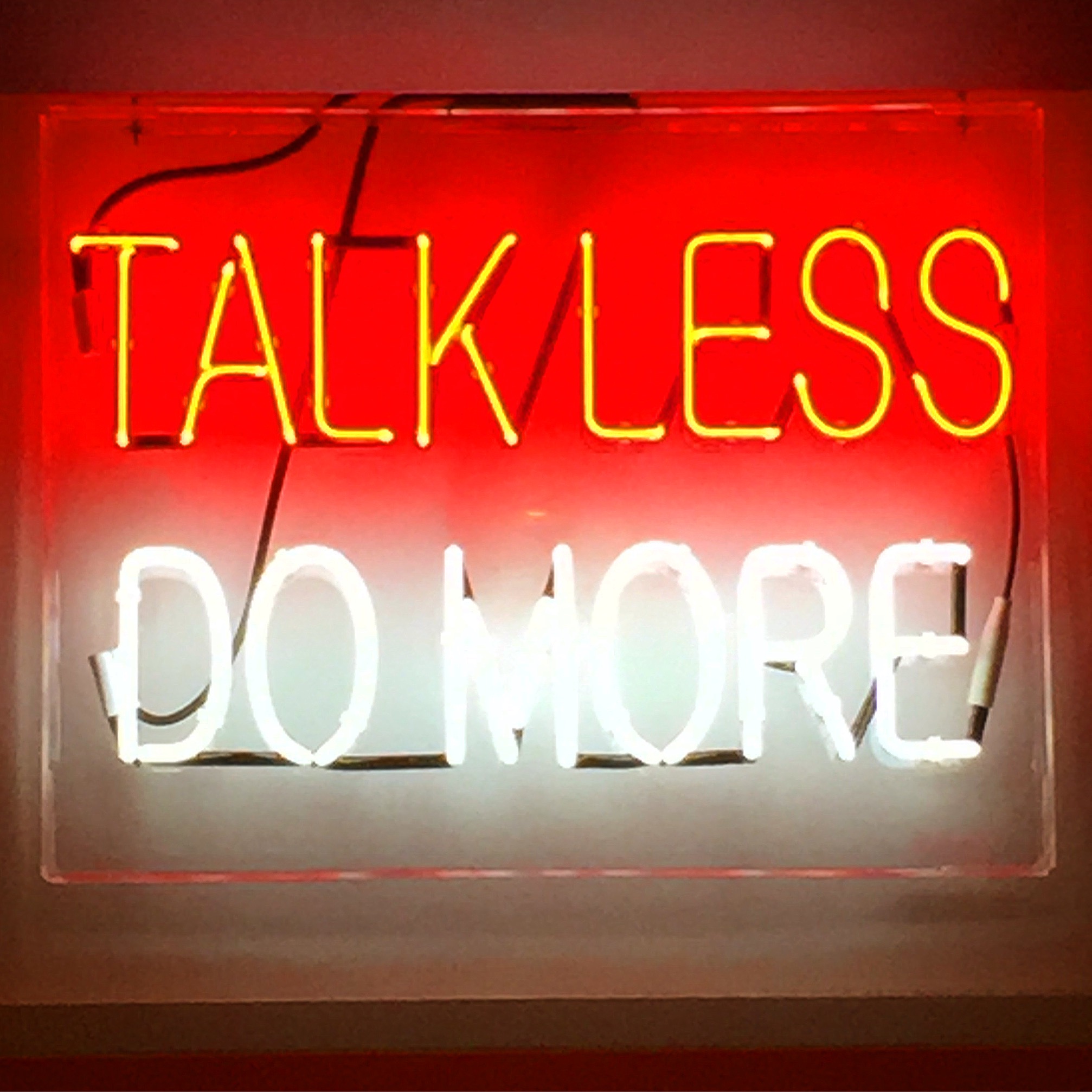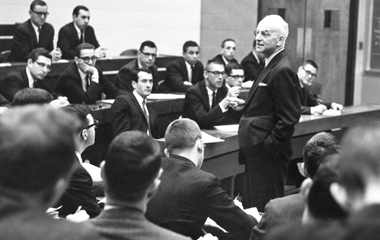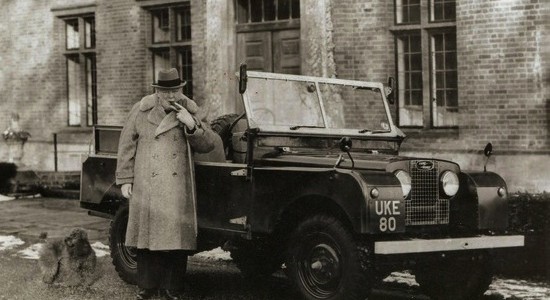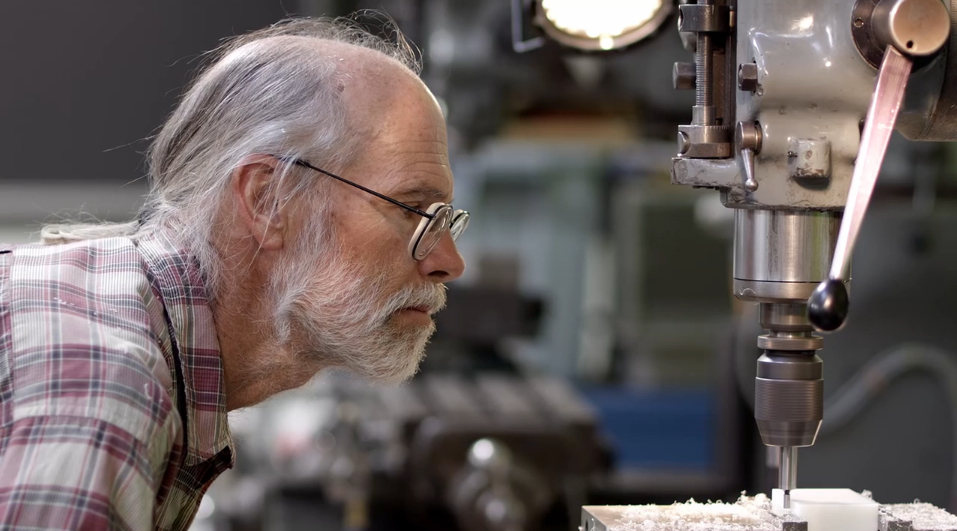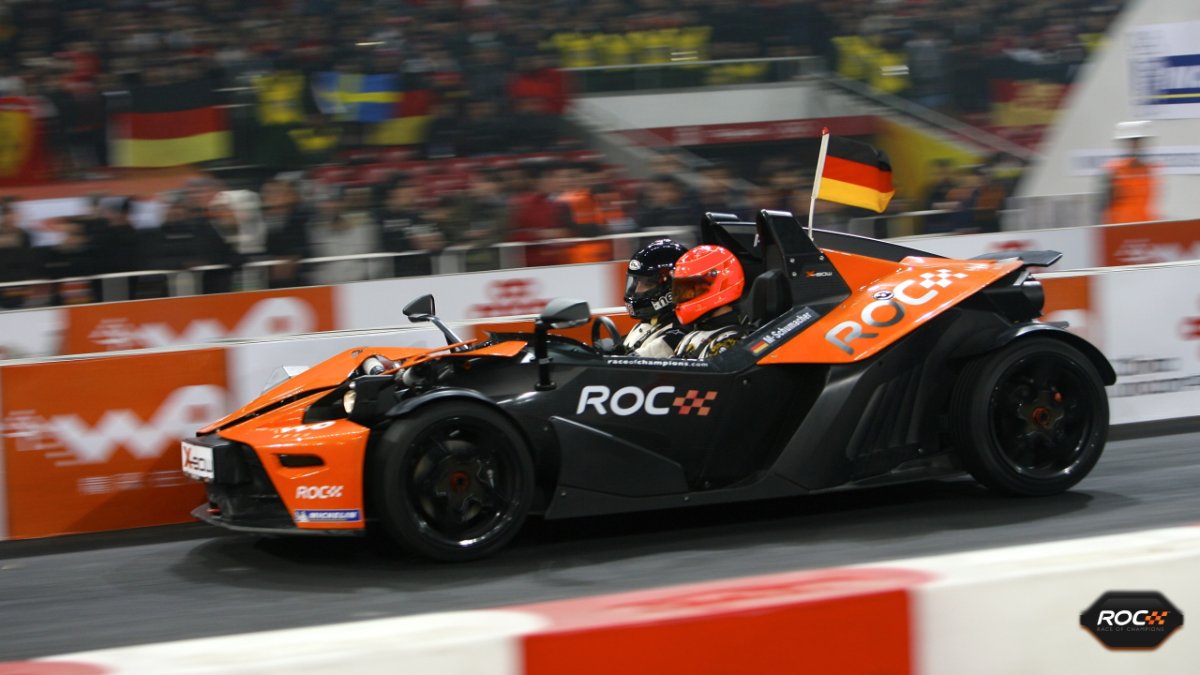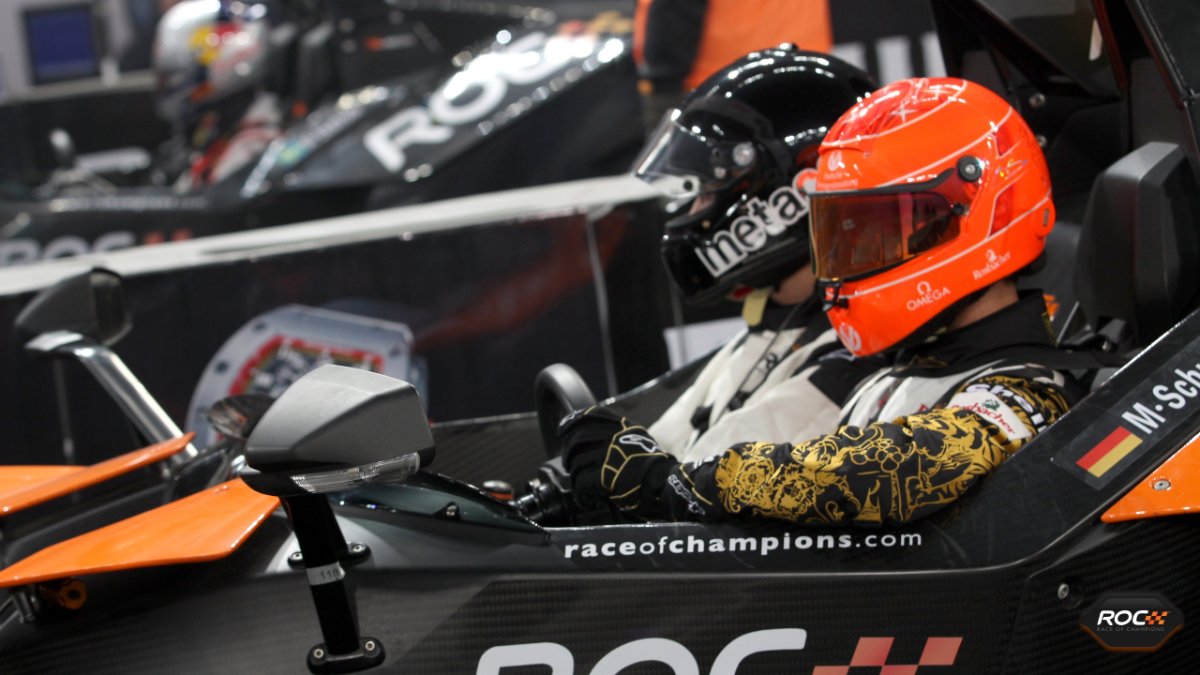Category Archives: inspiring
Creating Infectious Action with Fabio Zaffagnini
Why not listen your dreams? And as long as you’re listening, why not dream big?
A lot of the time aiming for something remarkable doesn’t take much more energy than settling for the safe and the reasonable. While big things require a lot more work, they also offer more ways for others to fall in love with the vision and lend their energy toward its realization. So the process of going after that Big Thing ends up being about creating infection action—it’s about creating a platform that amasses the energy of a whole bunch of people. In this way big goals become much more attainable. Designing a movement is one of the ultimate design challenges.
Enter Fabio Zaffagnini and friends. The ask:
Their design for infection in action:
It’s fashionable to ask a question along the lines of “What would you do if you knew you couldn’t fail?”. Since failure sucks but instructs, I think it’s far more interesting to ask “What would do with a little help from 1,000 of your friends?”.
Just imagine what you could learn and do together.
metacool Thought of the Day
“If failure can be explained, and it’s not based on lack of morality, then to me failure is acceptable, and you have learned from it and you can start again.”
Design Inspiration: Jay’s Citroen DS
Design Inspiration: Break tapes. Shatter records.
metacool Thought of the Day
Lessons on Innovating from OK Go
I’m more than a little obsessed with OK Go’s new video, I Won’t Let You Down. I love the tune, the choreography is impressive, and I can’t get over the chutzpah it takes to film a single-take video using an octocopter drone:
But what’s kept me coming back to watch it over and over are the lessons we can take from OK Go and their seemingly limitless appetite for innovating. Here are my top three:
1. Innovating happens when you embrace serendipity
You can’t think your way to an innovative outcome. Breakthroughs come from giving yourself the time to fool around with a bunch of random elements. By getting out of the office and doing stuff, you learn where to find the awesomeness you seek.
Here is how OK Go’s Damian Kulash describes the process of serendipity that fed this video:
What we try to do is get the best idea we can at that desk and then get out into the place where we’re going to be making whatever we’re going to be making and play with it a lot. We have a lot of trial and error, a lot of figuring out what does and doesn’t work. Usually, by the time we’re done with that process, the idea is pretty dramatically different from what we started with… And it means that we waste a lot of money and our production value is… we don’t shoot the world’s most clean and beautiful stuff, but we have videos that no one else could have.
This isn’t about waiting for inspiration from a muse, it’s about intentional serendipity, making your own luck via the hard work of experimentation and iteration. OK Go’s videos are so memorable because of the countless iterations they go through to get to the finished product. Because they’re careful to set the stage for serendipity to flourish, each cycle of experimentation increases the odds of them bumping into a piece of magic.
2. Business model innovations ripple through everything else
OK Go’s business model innovation was to choose a different metric: instead of tracking the number of albums sold—the usual measurement of success in the music industry—they focus instead on the passion of their followers.
OK Go made a decision early on to bypass radio and MTV and go directly to YouTube with its unique style of low-budget, single-take music videos. The resulting channel conflict (“You’re letting people listen for free? What about our sales?”) flew in the face of conventional wisdom about how to stay in business as a rock musician.
This unexpected choice is key to understanding the band’s ensuing success: when your goal is making your fans happy, you focus on the music and the videos and the quality of your tours, thereby setting up a virtuous cycle. Each time they create a video like I Won’t Let You Down, they affirm their relationship with existing fans, and win new ones. When it comes time to create their next video, their priorities will be in order, and mustering the courage and resources to do something even more spectacular will be relatively straightforward.
On the other hand, focusing on album sales means listening to a lot of people who may or may not care about the art—the marketing guys or the huge distributors. And that distracts you from doing the one thing you need to do as a rocker: create great, unique music. So here’s a question to ask yourself: is your business model helping you actually win at the thing you’re in business to do?
As it happens, those Honda UNI-CUBs piloted by OK Go are also the result of a business model innovation. In 1960 Takeo Fujisawa (an organizational design genius, and Soichiro Honda’s business partner) created Honda R&D as an entity independent of—but funded by—its parent Honda Motor Company. This structure was all about embracing serendipity. It gave Honda’s R&D scientists and engineers the permission to tinker and generally fool around with technologies that had no obvious short-term relationship to cars or even Honda itself. Over the years, Honda R&D has created many innovations that have eventually become mainstream hits.
3. Vision + Guts + Perseverance = Innovative Outcomes
The magic of many of OK Go’s videos is that they’re hugely creative performances done in just one massive, risky, glorious take. They couple a big vision with big guts. It’s the film equivalent of tightrope walking—one errant UNI-CUB and it’s back to frame one.
Pulling it off in grand style requires a ton of perseverance. The risks involved could lead to a diminished vision (“Why don’t we make this easier on ourselves?”) and a less vibrant performance (“I keep screwing up the choreography—I’ll dial back my grooviness”). But OK Go always has the guts to dream big, and the dogged perseverance to pull it off.
This specific video required around 2,300 people collaborating on about 60 practice runs and 44 filmed takes, 11 of which were done to completion. Of those, only three were of acceptable quality. Just imagine the emotional and logistical fortitude it takes to restart the filming process after a minor flub.
It’s the same with Honda. UNI-CUB isn’t even on the market yet, but Honda gave OK Go a second-generation iteration to use for this video. UNI-CUB literally stands on years of patient research that went into the company’s humanoid robot ASIMO and untold other projects that would seem to be unrelated on first glace.
It took 68 years to get here; back in 1946 Soichiro Honda wouldn’t have been able to imagine that his creation of Honda R&D would eventually lead to four men in black suits riding his company’s vehicles around on something called the “internet,” while thousands of women with bright umbrellas danced in psychedelic patterns. But that’s the nature of innovation—you don’t always know what the flower garden will look like, but that doesn’t stop you from planting the seeds.
So dream big, let it all get messy, and put in the hard work to make it happen.
And keep those umbrellas twirling.
How to Do the Best Work of Your Life
Jim Yurchenco is the design engineer behind everything from the first Apple mouse to the Palm V to the Plié Wand from Julep. He just retired from a 40-year career at IDEO creating products which brightened the lives of millions.
Jim’s work was also about helping everyone around him excel. I was fortunate to have Jim as a mentor, coach, and project leader at IDEO. I did some of the best work of my life working with him. And the “how” was great, too: we never pulled all-nighters, but we always hit our deadlines, routinely achieving extremely innovative outcomes.
How to do the best work of your life? Well, here is Jim’s secret:
“Don’t accept done for good. And don’t accept good for excellent.”
Jim’s approach to excellence is anything but passive. It is rooted in action, passionately and optimistically pursued. He’s never one to sit back and procrastinate, waiting for inspiration and perfection to magically appear. He is constantly thinking, building, pushing, failing, learning—always striving to figure out a way to make things better. All of this coupled with an urgency to make decisions quickly and be productive, but with the sage perspective to step back and let things percolate when need be. In Jim’s world, excellence is both something you pursue, and something that comes to the prepared.
One morning in the late 90’s, while noodling on ways to cool the chips in the Intel Pentium II cartridge we were designing, Jim decided that our pursuit of excellence demanded access to a temperature-controlled, variable-speed wind tunnel. Today. Of course, we didn’t have one. But by that evening, after scavenging all of Silicon Valley for parts and applying some scrappy ingenuity, we had a twenty-foot long wind tunnel up and running in an unoccupied office we found at IDEO (whose owner was mildly surprised when she returned from her business trip). And then we used that wind tunnel to create a breakthrough design solution.
When you’re committed to excellence—and when everyone you work with knows it—failure becomes a mere bump in the road along the way to success. Once you stop accepting good for excellent, you can transcend limitations that would stop a normal team. Scarcity becomes abundance, hurdles becomes ladders, and you start doing the best work of your life.
That’s how Jim did it. And you can too: commit to excellence, believe there’s always a better solution, and make it all happen with optimism.
You can hear more of Jim’s wisdom in this wonderful video:
Alex Zanardi: Touch the Sky
Keep Fighting, Michael
As our tires caught air at the track crossover, I glanced over at Michael Schumacher’s hands and marveled at the way he danced our KTM X-Bow around the corners. We were really moving. The barriers streamed by just inches away, and the turbocharger whooshed furiously behind our ears. I struggled mightily to keep my helmet from smacking the carbon-fiber backrest like a bobble-head doll. In the middle of it all, one thought kept galloping around my head: HOW AWESOME IS THIS??!!
So just how did I end up racing alongside seven-time Formula One World Champion Michael Schumacher in the finals of the Race of Champions?
Rewinding 72 hours found me in another fast seat, this time crammed in economy-class en route to the Bird’s Nest stadium in Beijing, where the 2009 Race of Champions (ROC) was being held. My friend Jim Hancock, who leads Team USA each year at ROC, had generously invited me along. Unique in the world of motorsports, ROC pairs drivers in head-to-head eliminations, usually with a passenger riding along. Accordingly, I packed my race helmet—black with chromed-out “metacool” and “IDEO” livery—in the off chance that I might co-pilot a star driver (David Coulthard? Andy Priaulx? Tom Kristensen?). The stuff boyhood dreams are made of, and I was going to be prepared.
With a dash of serendipity, a lot of luck, and a little persistence on my part, two days later I found myself strapped in alongside Michael in the final heat of the Race of Champions. During our race I was witness to one of the best drivers in history practicing his craft. As an experience, the best I can describe it is akin to being inside Wynton Marsalis’s trumpet during a Lincoln Center gig, or sitting atop Roger Federer’s racquet at Wimbeldon. A study of genius in action from the front row.
I can still recall every second of it. I literally felt the result of Michael’s endless hours of learning and practice. He possessed an almost supernatural ability to apply a minimum of control inputs to help the car run free and fast. I also saw the power of his total focus and relentless attention to detail: for those few minutes, everything concerned with winning mattered a whole lot, and everything else, not so much. In this video (our race starts around the 2:56:00 mark) you can see him ask the mechanic to check out our opponent’s ride, presumably to make sure that things were fair. On the way out to the racetrack he did a series of huge burnouts to make the rear tires stick better, and during the competition saved tenths of seconds by pounding the apexes with the X-Bow’s front wheels.
We lost. The wildly talented Mattias Ekström came in first. My abiding memory is from our cooldown lap, when Schumacher turned to me with a twinkle in his eye and shared a laugh at the site of Ekström doing a particularly gnarly smoky victory burnout.
Ironically, in our defeat came the most profound lesson I took from my race with Michael. As history shows, he’s a guy who liked to win. But across the 22 or so drivers in a F1 race, only one can stand atop the podium, so even the very best lose a lot of the time. Michael “only” won 29.6% of the F1 races he entered; in baseball terms he batted about three hundred. Not bad, but he certainly had plenty of time to think about how to be on top the next time. So like any great racer, he understands deeply how to be strong in the face of failure.
At the moment we came in second, all the hysterical screams reverberating across the Bird’s Nest abruptly went quiet (most of the Chinese spectators had come to see Michael win). Bummer. But he immediately leapt out of the car and went over to bear hug Ekström. In private, Michael must have been disappointed to lose, but he kept his head up and smiled, positively exothermic in his release of infectious energy. It was truly inspiring; his actions changed the tone in the entire stadium.
A life well-lived can look a lot like that scene from the Bird’s Nest. Whether we’re a child or in our later years, on any given day we all encounter setbacks. We all have personal trials and tribulations we have to work through. Everyone. What’s essential is to be able to resurface, take a breath, and summon the energy to keep on fighting the good fight. And if you can manage a smile along the way, even in the face of adversity, that positive energy might make it all a bit easier. Who knows, it could even help someone else make headway in their own fight.
Keep fighting, Michael.

